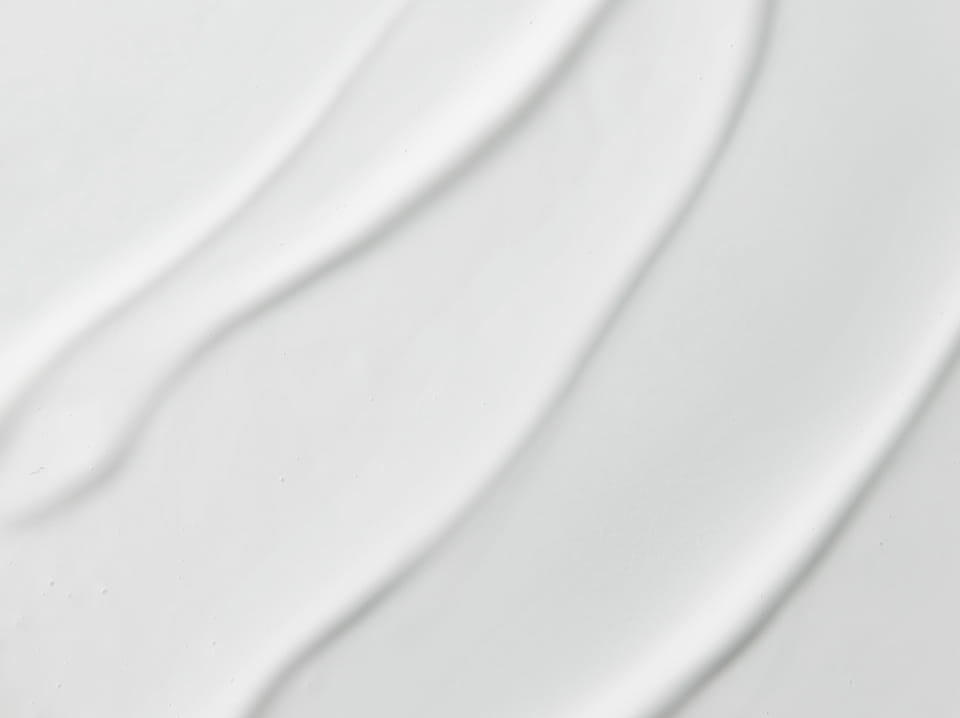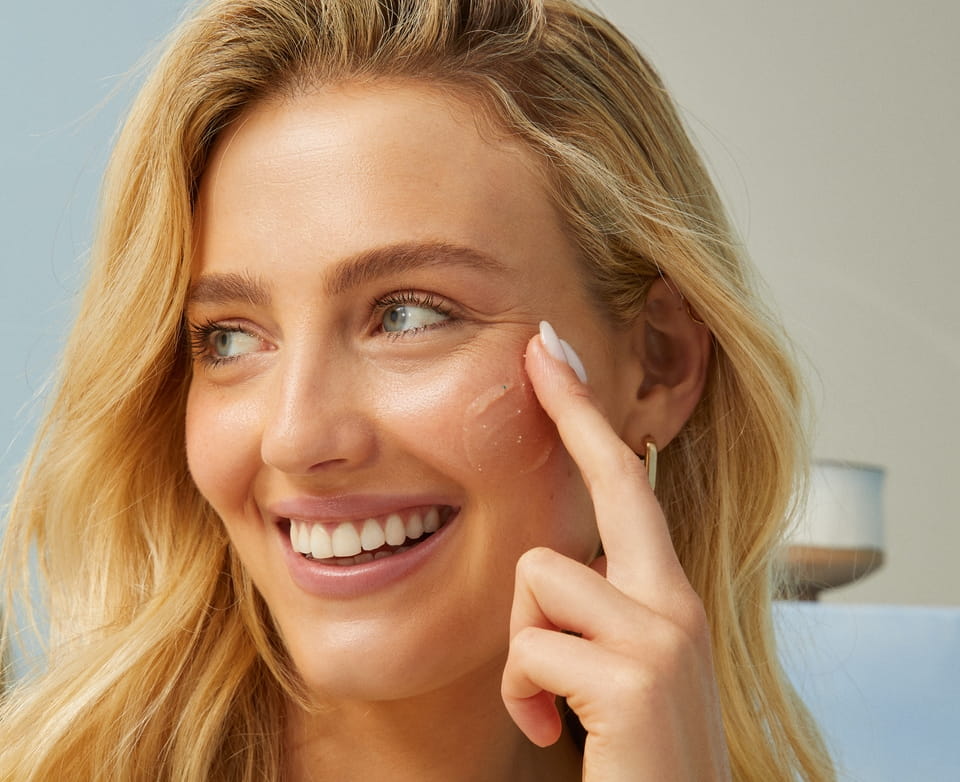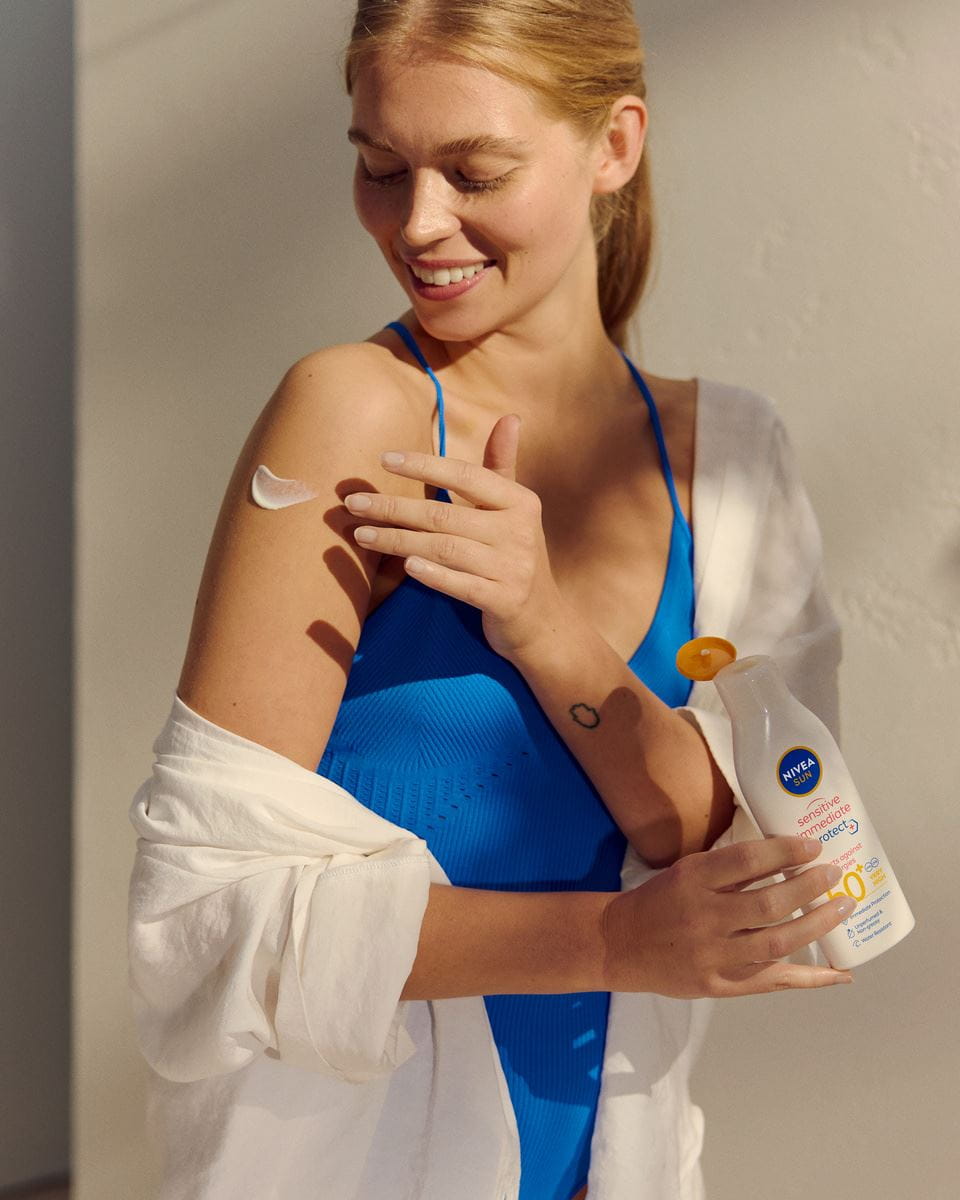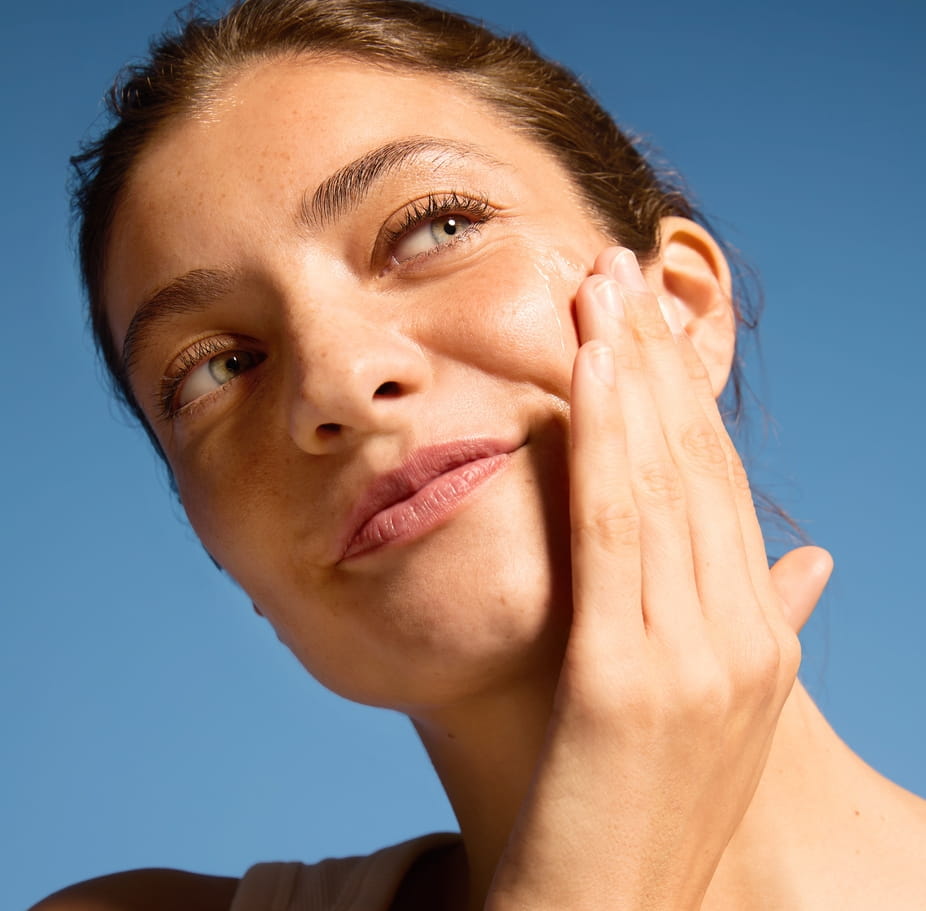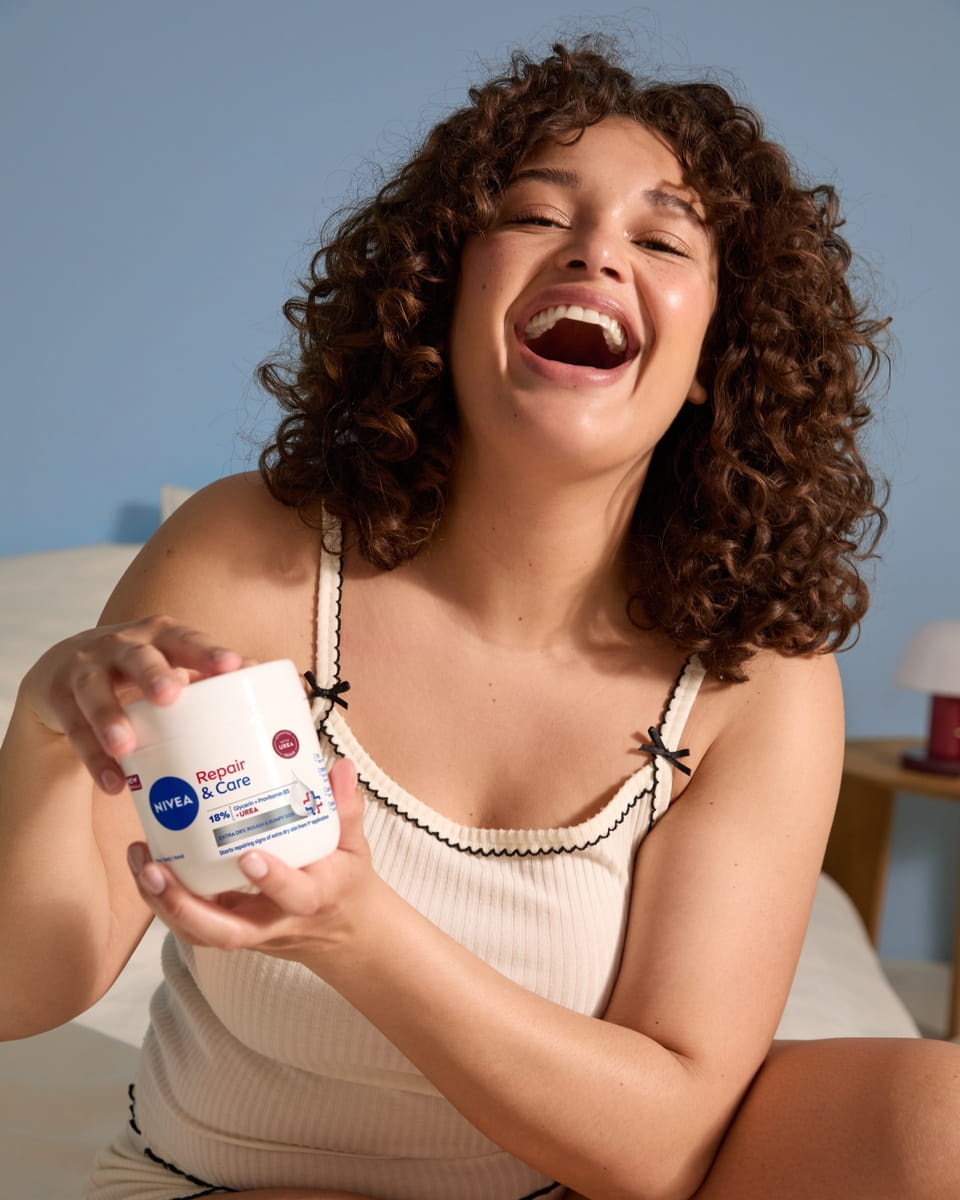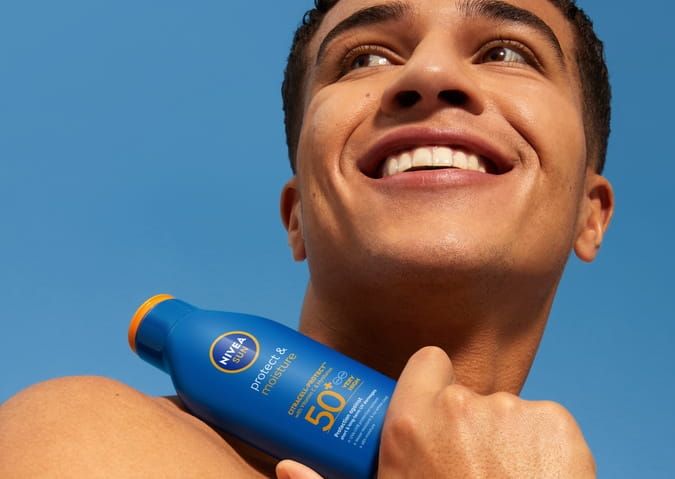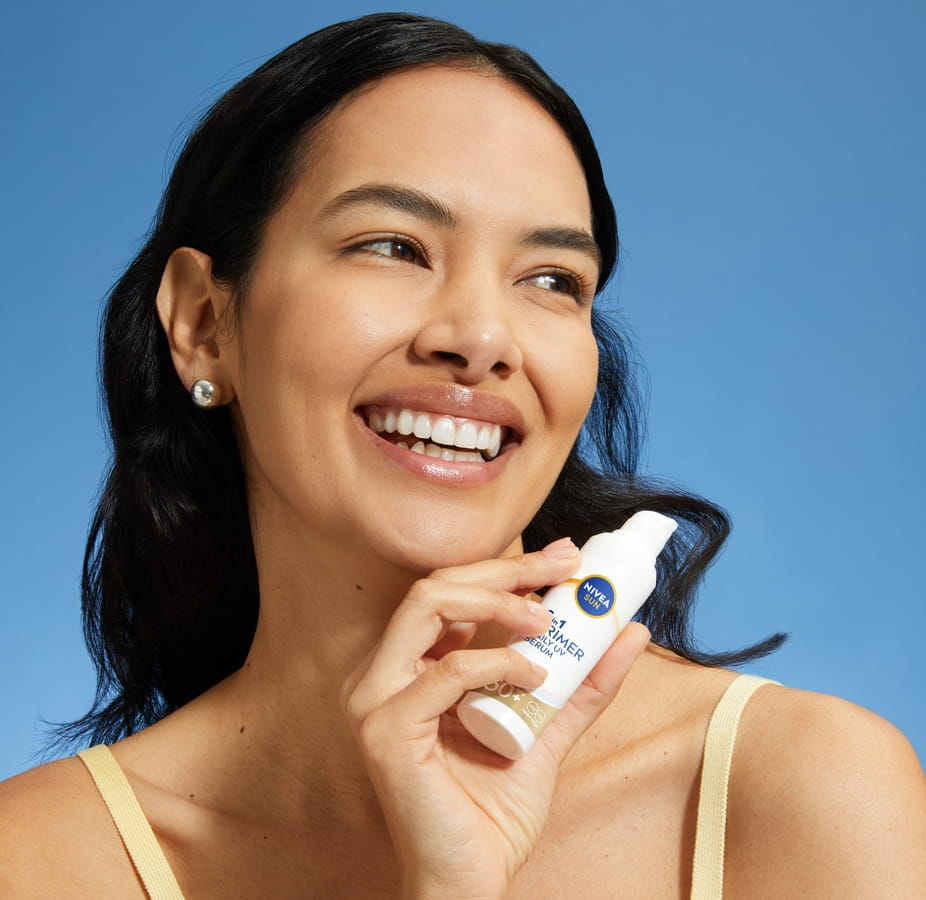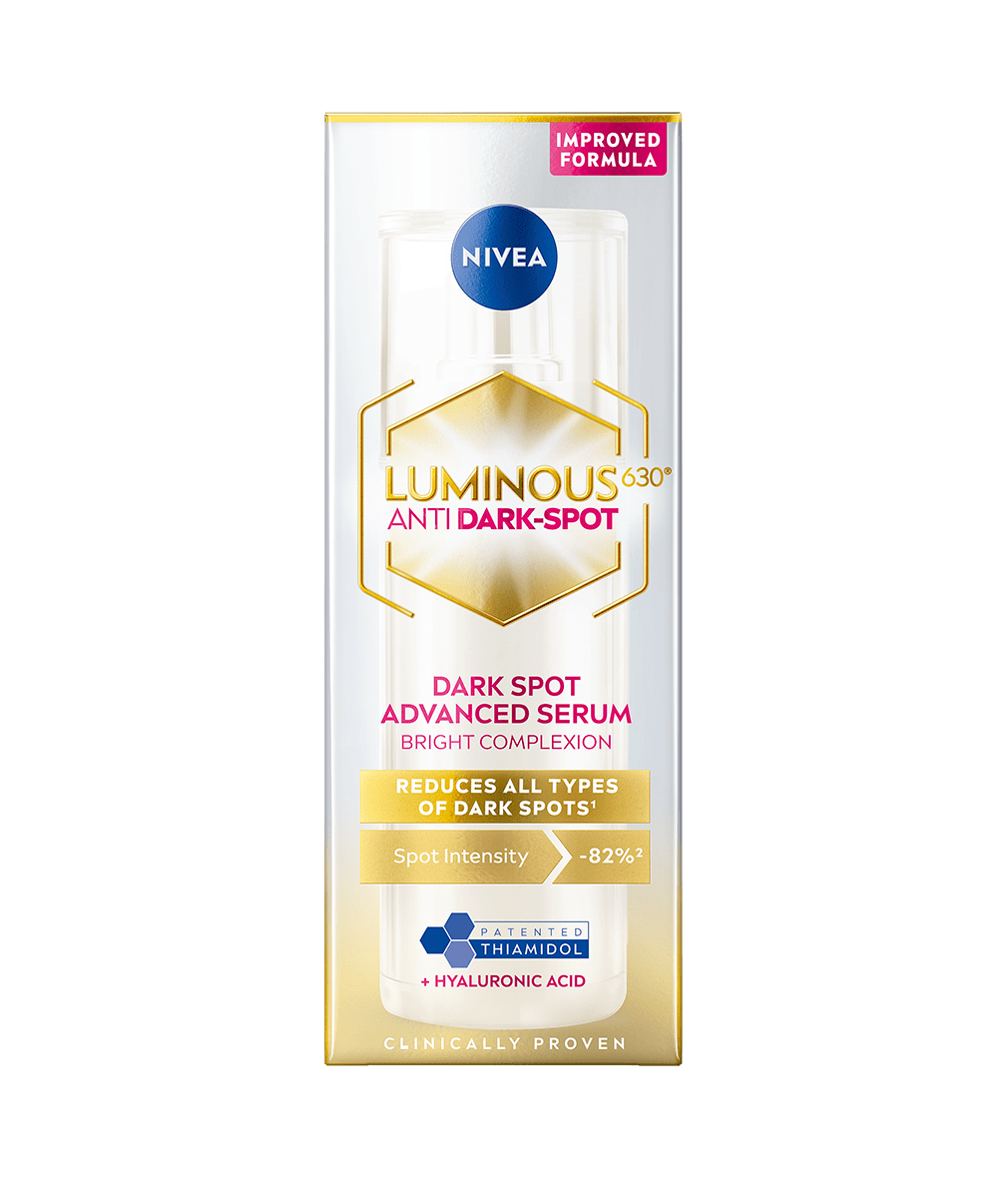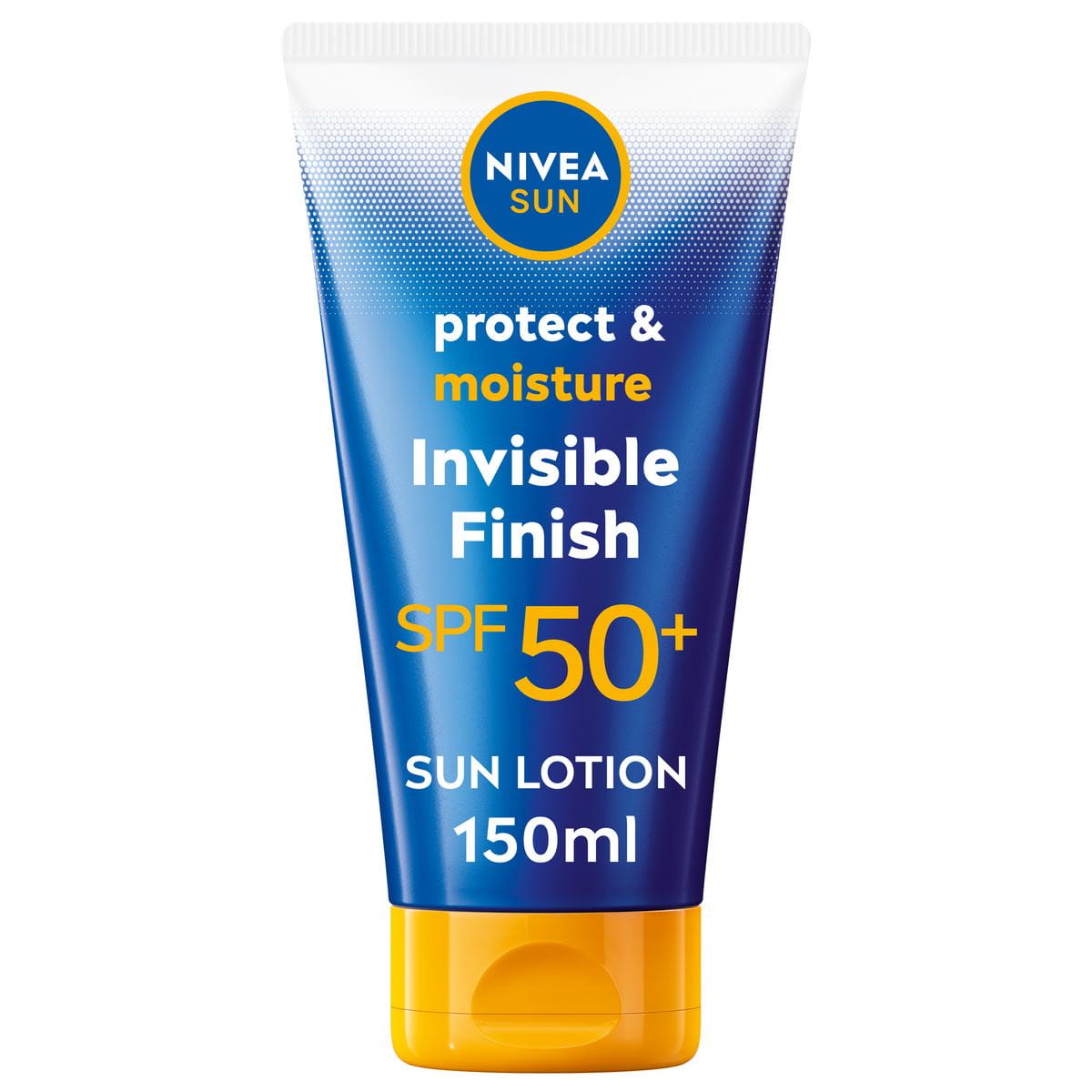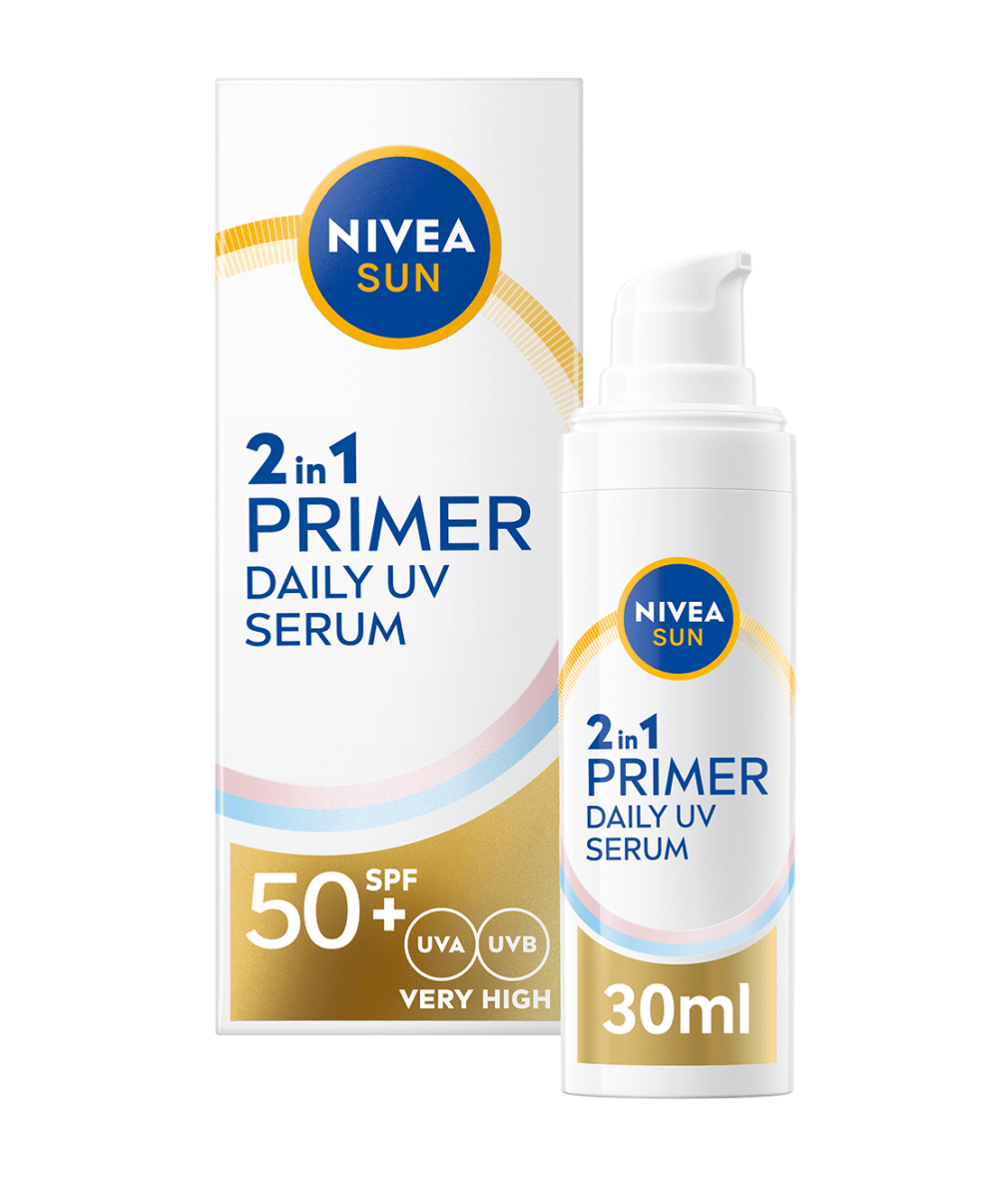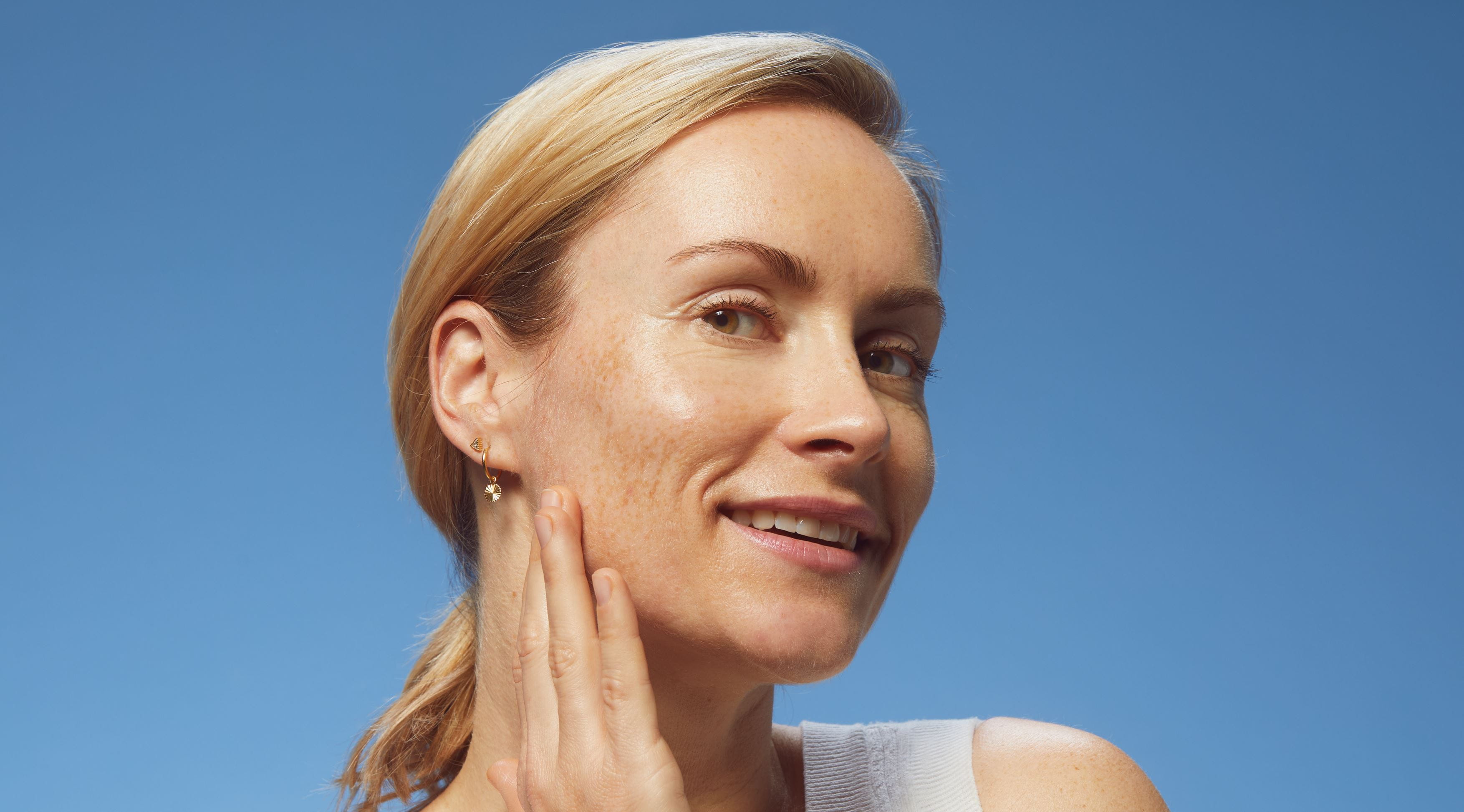
Help for Sun Allergy: Causes, Remedies and Prevention
Explore the symptoms of sun allergy and how to protect your skin from sun-induced irritation.
What is a Sun Allergy?
Certain skin types can be more sensitive to sunlight and result in an immediate reaction, while others develop this reaction over time. Understanding what triggers a sun allergy and what to do to protect the skin can help prevent further discomfort.
What Are the Symptoms of a Sun Allergy?
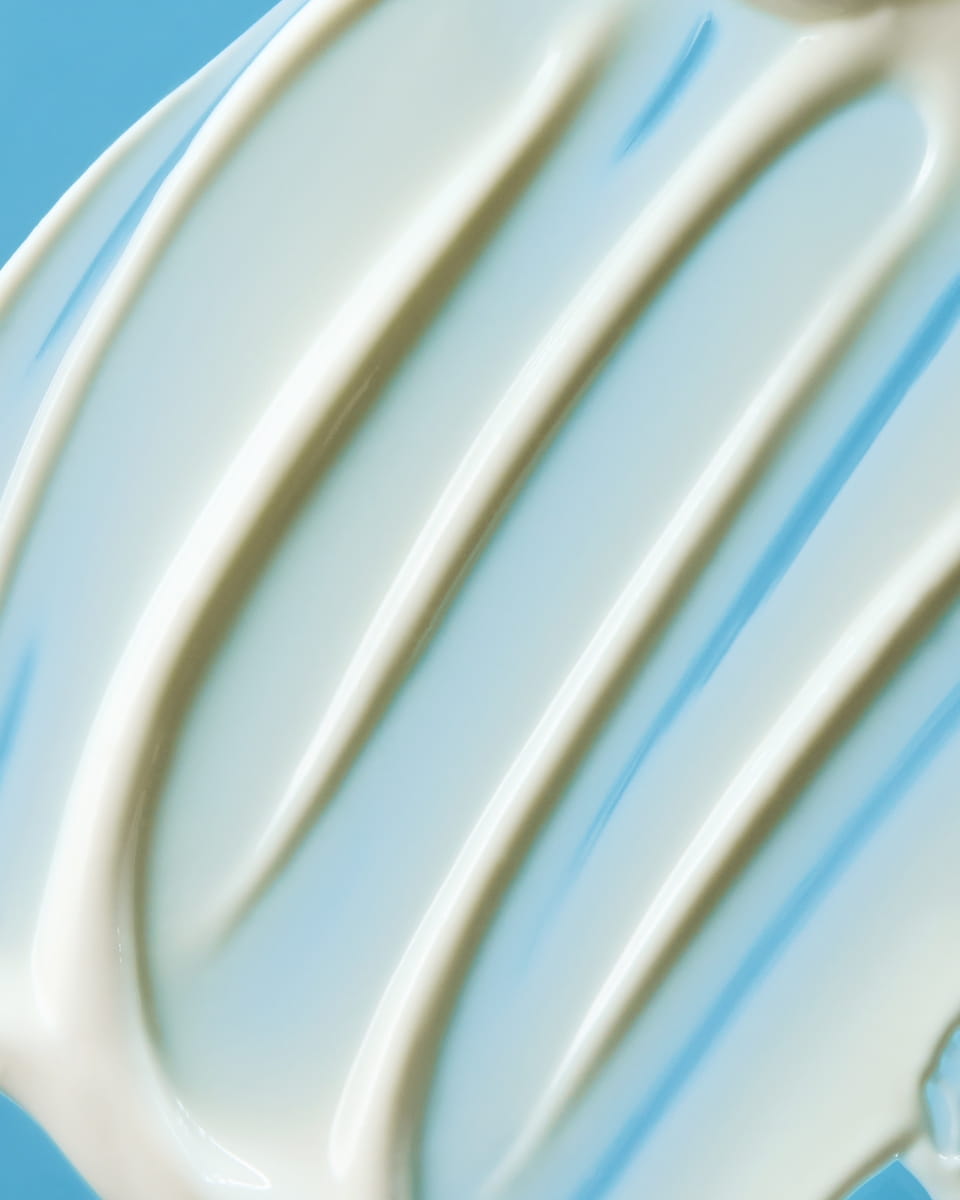
Types of Sun Allergy
As it is a group term, it’s important to understand that not every person will experience the same type. There are a number of conditions that fall under the bracket of sun allergies, which are:
Polymorphic Light Eruption:
Also known as “sun poisoning”, which is the most common form. It often appears as small bumps or red patches (that sometimes blister) after a few hours in the sun.
Photoallergic Reaction:
A photoallergic reaction is where a chemical applied to the skin reacts with the sunlight and irritates the skin. For example, this could be caused by certain ingredients in sunscreen or perfumes.
Solar Uticaria:
This is a type of photodermatosis that is sometimes known as “sun allergy hives”. It can occur after just a few minutes of exposure to the sun, and can range from mild to severe symptoms.
Actinic Prurigo:
This variation of skin rash most often affects people with darker skin tones. It appears as a rash accompanied by intense itching, papules and patches on the skin, which can sometimes persist throughout the year but are more severe in spring and on areas of the body exposed to the sun.
What Causes Sun Allergy?
Risk Factors for Sun Allergy or Reactions Due to the Sun
Existing skin conditions:
Conditions like dermatitis can increase the risk of developing a sun allergy. In general, a small dose of sunlight tends to improve atopic dermatitis, but in some rare cases it can also make it worse. Other diseases such as lupus or rosacea can also be aggravated by exposure to the sun, which encourages rashes.
Use of specific medications:
Certain drugs, such as Tetracycline antibiotics, Sulfa-based medications, and non-steroidal anti-inflammatory drugs like Ketoprofen, can make the skin more sensitive to the to sun.
Exposure to certain substances:
Some sun allergies occur when the skin comes into contact with a substance and is then exposed to sunlight. Common triggers include chemical substances contained in fragrances, disinfectants, and chemicals in certain sunscreens.
Family history:
Having a parent or sibling with a sun allergy raises the likelihood of experiencing it yourself.
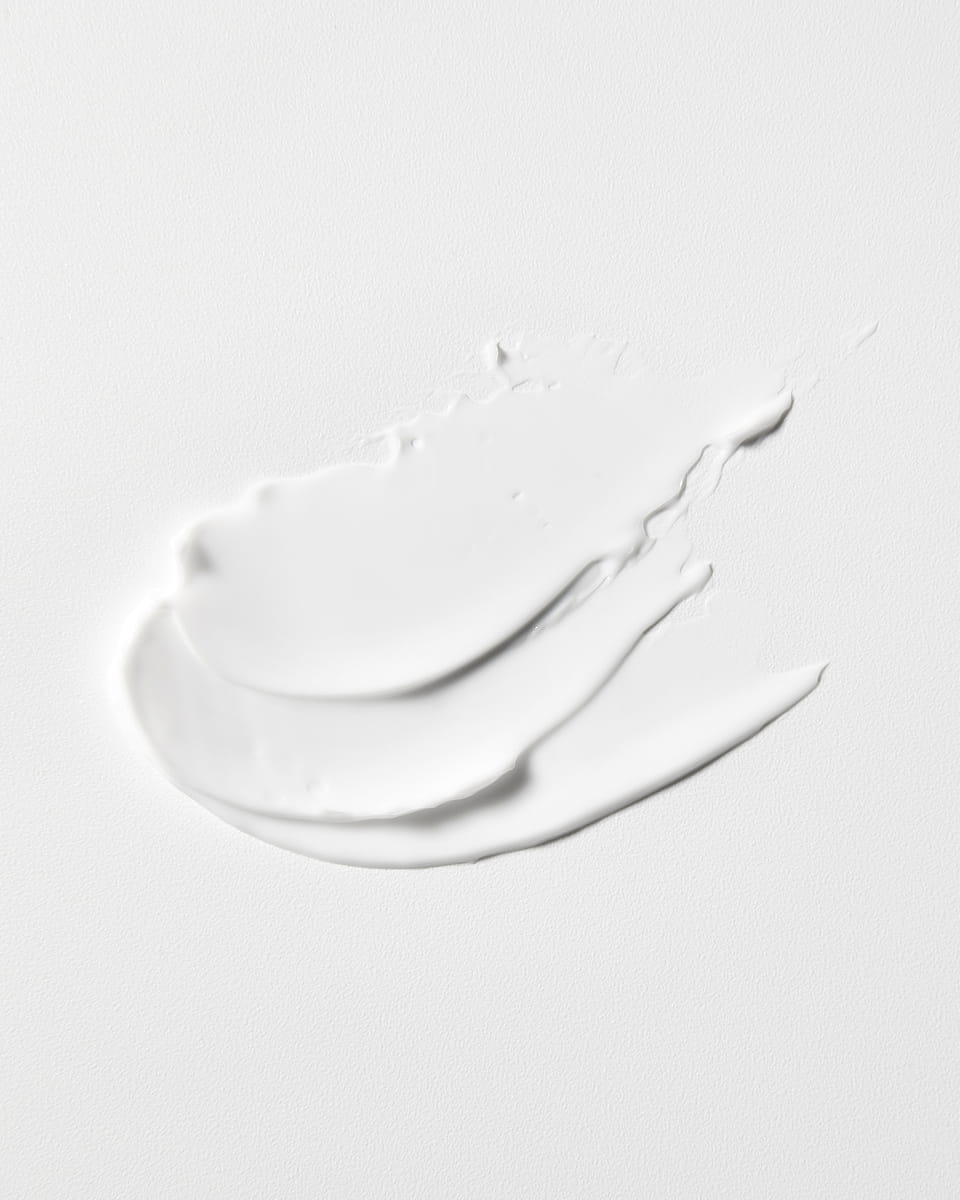
How to Manage Symptoms of a Sun Allergy
Stay in the shade:
Staying in the shade, particularly during the hours of maximum sunlight, minimises exposure to UV rays, thereby limiting the risk of allergic reactions to the sun.
Avoid scratching:
Avoid touching or scratching the skin, as this can lead to an additional feeling of irritation or drier skin.
Take care of the skin:
After the most severe symptoms have resolved, it's important to take care of your skin to keep it hydrated and promote its natural repair. Moisturising helps to maintain the skin's moisture content, reinforcing its natural barrier and reducing signs of dryness caused by the sun, such as itching and tightness. Do not use cosmetic products on damaged skin. Always seek medical advice if in doubt.
Try applying a fragrance-free moisturiser like NIVEA Repair & Care Cream for Very Dry Skin, which contains Glycerin, to instantly soothe dry, itch-prone skin, support regeneration of the protective barrier and provide long-lasting relief from tightness and itching.
Facts Overview
4 Tips to Help Prevent a Sun Allergy
Wear Sun Protection:
Use sunscreen with a very high broad-spectrum SPF, wear protective clothing suitable for sensitive skin, and a wide-brimmed hat to shield your skin from harmful UV rays.
Avoid Peak Sun Hours and Shield Your Skin:
Stay in the shade or indoors between 10 AM and 4 PM, when the sun’s rays are strongest.
Gradually Increase Sun Exposure:
Allow your skin to adjust to sunlight over time by slowly increasing exposure rather than jumping into intense sunlight.
Avoid Contact with Substances that you are Allergic to:
Choose fragrance-free moisturisers and sunscreens to reduce the risk of irritation and allergic reactions caused by certain chemicals. If you are allergic to a specific substance, with the help of your doctor, try to identify it and avoid using it by checking the list of ingredients in your skincare products.

Discover NIVEA’s Sunscreen Range
Blemish Prone Skin: NIVEA Derma Skin Clear SPF50+ Daily UV Fluid
